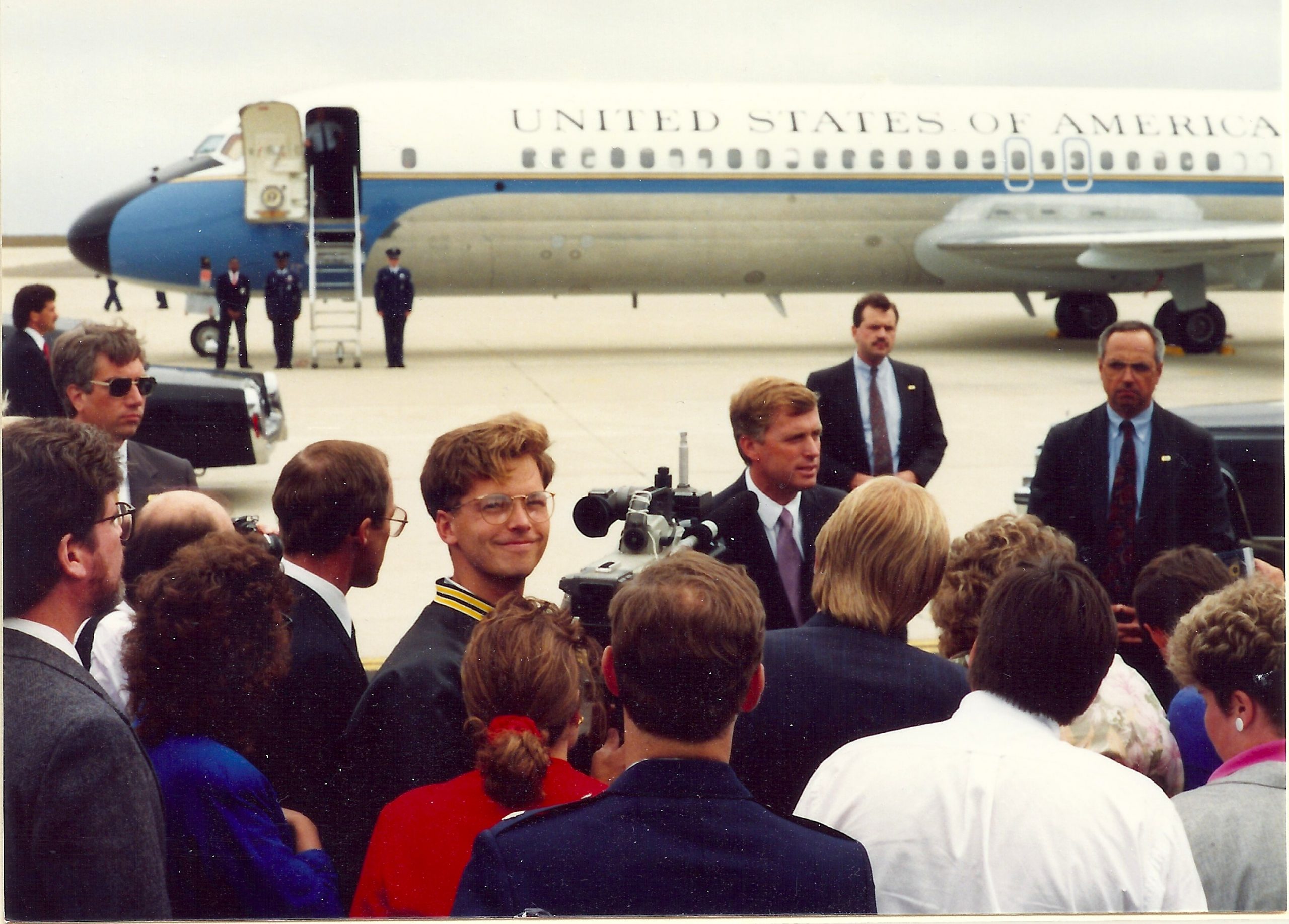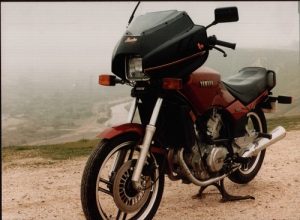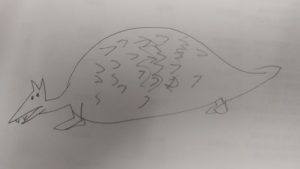Introduction

Welcome to Writing for Electronic Media, an OER textbook. OER stands for Open Educational Resource, which means it’s free for all to access. Since it is electronic, I will do what I can to keep it updated with the changing media.
People’s viewing habits are changing as they migrate to mobile sources, social media, and kitten videos. Television appointment viewing is in decline, but people still need reliable sources of information, and radio is still the safest way to stay informed in your car.
Hopefully, you already have some journalism background. This book does not teach the who, what, when, where, why, and how of reporting; its goal is to teach how to present the journalism you already know via electronic media, primarily television.
We Write Differently
A reporter who understands her medium knows she must write words to fit her video. In this book it is Rule #1: Write to Video. Write that on your hand, the wall, and your computer monitor. Needlepoint it onto fabric, etch it in metal, and carve it in wood.

Consider a scenario where I tell you some facts about a new cellphone app, all while showing you photos of 1980s motorcycles. You would be confused, your brain not knowing whether to think about motorcycles or the app. As a reporter you are doing the same thing when you show money-printing presses and tell me about the fight over the federal budget. Words and pictures acting together give us the most powerful medium we have. Words and pictures deviated, if I may extrapolate on studies showing the dangers of multitasking, confuse people and damage their brains. Perhaps I’m getting extreme here, but just know that it’s Rule #1 for a reason. And follow it. This will be repeated later in the book.
Rule #1 affects the stories we choose and how we tell them. We struggle with stories about future events: There’s nothing to shoot. We might still do them, but they’ll be shorter. We change our sentences around to fit the video we have.
We write our words to be read in a teleprompter, not a newspaper. We spell out certain numbers, like 18 MILLION. We don’t use symbols like @, #, %, & for two reasons: First, they could trip up an anchor. How do we pronounce “#”? Is it “number,” “pound,” or “hashtag”? Second, our producing software automatically times the show, and “#” is one character, judged to be one syllable, but the word it represents is two.
We would write out acronyms for the same reasons. NAACP is five characters, good for about two syllables. But spoken aloud, N-DOUBLE-A-C-P, it is six. Also, when an anchor sees N-DOUBLE-A-C-P in the teleprompter he is less likely to pronounce it NACKIP.
We avoid quotations, preferring a soundbite. If we can’t get a soundbite, we’ll paraphrase. Attribution, who said it, precedes any quote we might give. Consider the confusion viewers would have if an anchor said “I may have a feather duster down my pants.” It would be much easier to follow if the anchor said “Johnny Depp said ==I may have a feather duster down my pants==” (we rarely use quotes, and we never use quotation marks).
We prefer contractions, but not if they sound strange when read aloud. We read everything we write aloud ahead of time to make sure it sounds OK.
 We write in active voice, except where Rule #1 supersedes. Let’s say you’re writing to video of an armadillo walking in a crosswalk when a car suddenly comes into frame and hits it. The active voice way to write this is A WESTBOUND CAR HIT THE ARMADILLO AS IT CROSSED THE STREET. This is a good, active sentence, but the video follows the armadillo, not the car. To write to what we have, we say THE ARMADILLO WAS CROSSING THE STREET WHEN IT WAS HIT BY A WESTBOUND CAR. This sentence is passive voice, but while writing in active voice is high on the list, it is not Rule #1. The armadillo was not hurt in this scenario.
We write in active voice, except where Rule #1 supersedes. Let’s say you’re writing to video of an armadillo walking in a crosswalk when a car suddenly comes into frame and hits it. The active voice way to write this is A WESTBOUND CAR HIT THE ARMADILLO AS IT CROSSED THE STREET. This is a good, active sentence, but the video follows the armadillo, not the car. To write to what we have, we say THE ARMADILLO WAS CROSSING THE STREET WHEN IT WAS HIT BY A WESTBOUND CAR. This sentence is passive voice, but while writing in active voice is high on the list, it is not Rule #1. The armadillo was not hurt in this scenario.
We will also use more words and a longer script to describe interesting video that is longer, and tighten up for shorter clips. If it takes six seconds for the kangaroo to hop up to the ball and kick it, we will describe the action in six seconds. When done right, it can be fun.
We write leads in present-tense; what is true at news time: A KANGAROO IS NOT HOPPING TONIGHT AFTER MISTAKENLY KICKING A ROCK IT THOUGHT WAS A BALL. This is true at news time and is real present-tense. Overworked news writers might write in false present: A KANGAROO KICKS A ROCK IT THOUGHT WAS A BALL AND BROKE ITS FOOT. This has the present tense verb KICKS but it is wrong, like the “A dinosaur walks into a bar…” joke. Dinosaurs are in the past just like the kicking is, and changing the verb to present tense does not make it real present tense. We also like future tense.
We like good verbs. Some anchors and writers drop verbs: A MAN…IN JAIL TONIGHT AFTER POLICE SAY HE REPLACED A KANGAROO’S BALL WITH A ROCK. This happens a lot because the verb “to be” is considered weak. Rather than replacing it with a better one, or just attaching the smallest “S” sound to the end of MAN, which would give us a verb, the verb is just dropped altogether. Think of the children and come up with a real sentence: IT HURTS TO BE THE KANGAROO AND THE MAN WHO TRICKED IT TONIGHT… “Hurts” is the verb, and “tricked” rides along as it describes the man.
We write to be heard once and understood. Our sentences are short and clear. You can re-read a sentence in a newspaper or web story, and you can back up a YouTube video. Get it unclear on TV or radio and your audience is confused and lost. It takes us longer to write that way, and our newsrooms look funny when we’re all reading aloud to ourselves, but it’s worth it.
Audience
Television newscasts are targeted for specific audiences, which are researched and broken down into demographics and interests. Your writing and story selection should be influenced by who’s watching. Many noon and early afternoon shows do not have sportscasts because they target women at home. Some of this audience data is very specific—like who has home workout equipment—and is also used by the sales department to sell advertising.
What Lies Ahead
This book will take you through the process in chapter-sized steps, but it is meant to accompany a class with lecture and lots of writing practice. As this is the first edition, any reasonable feedback is welcome.

